Boot.dev Blog - Pg. 6
-


CI/CD Isn't Just About Efficiency
Sep 26, 2022 by Lane WagnerDevOps principles, and CI/CD specifically, are generally presented as a more efficient way to run a software development organization. While I hold the belief that CI/CD is more efficient and effective than manually testing and deploying code, I’d like to talk about something we don’t bring up quite as often.
-


Backend Engineer vs Data Engineer: What's the Difference?
Sep 21, 2022 by Natalie SchoonerThe sexiest job title of the decade, data scientist, has spawned about a dozen equally sexy but somewhat confusing and overlapping job titles. The primary offshoot of a data scientist is a data engineer. Let’s talk about the difference between a data engineer and a back-end engineer, because frankly, the lines can get quite blurred.
-


Do Better in Coding Interviews by Being Confident and Humble
Sep 20, 2022 by Lane WagnerI think we often do a great job of flogging the dead horse of whiteboarding problems when giving coding interview advice. Heck, that’s what I’ve dedicated the entirety of Boot.dev to. While the hard skills you’ll need to be able to solve technical interview problems are necessary, it’s also critically important to work on your soft skills.
-


New 'Learn SQL' Course Launched on Boot.dev
Sep 19, 2022 by Lane WagnerI’m happy to announce that today we launched our new Learn SQL course! It was a ton of fun to write, but I also had a blast building the back-end infrastructure that allows students to write and execute SQL in the browser. If you’ve been wanting to gain a solid foundation of SQL skills, this course is for you!
-


The More Mentors, The Better (When Learning to Code)
Sep 13, 2022 by Lane WagnerVim or VS Code? Tabs or spaces? Rails or Django? The world of programming is fraught with decisions to be made. Sometimes experienced developers are able to share their beliefs in a somewhat objective way. That said, we’re all human, and opinions can come across as gospel when we’re not careful.
-


Are You a DevOps Engineer If You Aren't Writing Code?
Sep 12, 2022 by Lane Wagner“DevOps” is one of the most misunderstood terms in the software development industry. To be clear, I’m not the arbiter of truth when it comes to the definitions of words. That said, I’m here to say two things:
-


What is a Computer Scientist, and What Do They Do?
Sep 12, 2022 by Lane WagnerAt work, computer scientists build and deploy programs, algorithms, and systems to solve real-world problems. In most tech jobs, they spend the majority of their time working in teams on new software products. Some computer scientists are more research-oriented however, and may spend time developing new algorithms or pushing the boundaries of what academia knows about certain CS questions.
-


How Long Does It Take to Become a Back End Developer?
Sep 05, 2022 by Lane WagnerI get really frustrated when I see people and companies online selling unrealistic dreams when it comes to coding education. It’s quite lucrative when you’re in the edtech industry to heavily exaggerate (or even lie) about how long it will take for learners to get job-ready. I teach backend development skills at Boot.dev and try my best to give students realistic goals they can reach for.
-


Keyup and Keydown Event Handlers in Vue 3
Sep 04, 2022 by Lane WagnerI recently spent far too long fighting with Vue’s keyup and keydown functionality while building Boot.dev’s front-end. I wanted to handle ctrl+period keyboard events and it took me forever to find the part of the documentation that addressed my use case. Hopefully, this guide can save you some time!
-
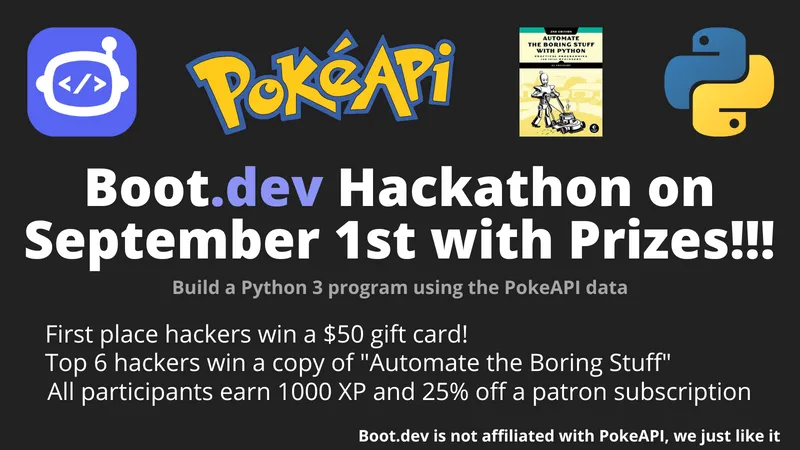

Boot.dev Hackathon September 1st, 2022
Sep 03, 2022 by Lane WagnerMark your calendar, because we’re hosting another hackathon in the Boot.dev Discord server! The kickoff meeting will be on Thursday, September 1st at 4PM MST, you can RSVP for that event here in our Discord server. Everyone is welcome to participate, in fact, it’s free and we’ll have prizes for all the winners!
-
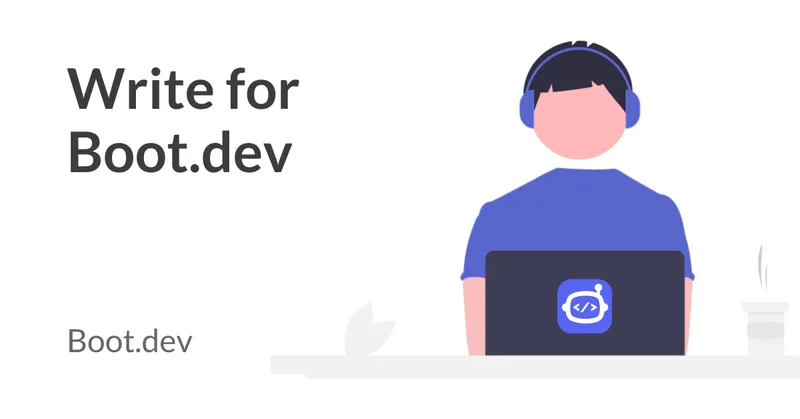

Write on the Boot.dev Blog
Sep 02, 2022 by Lane WagnerWe’ve just opened up the Boot.dev Blog to public contributions! We’re really excited to see all the great stories that our readers and students will create.
-


The Top 11 Computer Science Books for Self Study [2025]
Aug 24, 2022 by Natalie SchoonerIn today’s modern, fast-paced world, we look to StackOverflow, Reddit, and hands-on courses to learn about computer science and software engineering. But there are some real benefits to using books as an additional resource.
-


A Complete Overview of Computer Science for Beginners
Aug 21, 2022 by Winston WagnerGetting into computer science can be a daunting task. There are so many career paths down which a computer education can take you, so many programming languages to master, and so many skills to learn. I’ll give you a basic rundown of what computer science is, along with a plethora of resources and tools to help you carve out your own pathway into a computer science career.
-
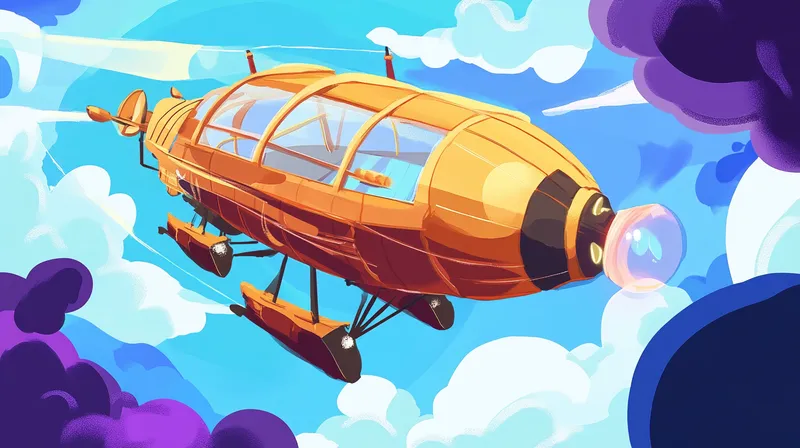

What is the Future of Computer Science?
Aug 16, 2022 by Natalie SchoonerIn a word, the future of computer science is promising. In a few more words, the future of computer science is promising, but with challenges to overcome.
-


How to Use the Best Software Engineering Job Boards
Aug 05, 2022 by Lane WagnerWith so many job boards out there, it can be terribly confusing to know where to start when you’re looking for a programming job - especially if you’re looking for your first programming job. I’ve found that where you search for jobs is just as important as other key preparation steps you should take in your job search, like building a great resume and GitHub profile.
-


What Are the Career Options in Computer Science?
Aug 01, 2022 by Winston WagnerThe future is bright for career options in computer science with remote work opening up doors that weren’t present before. Trying to navigate through computer science career options can be overwhelming what with all the options at your disposal. While we won’t go through every job option in the field today, we have a list of common yet crucial jobs to help you get started on finding the career that’s right for you. But first…
-


Using GitHub Issues to Hack Together A Feedback System
Jul 31, 2022 by Lane WagnerBoot.dev has been my side-project for the last couple of years now. Being a learning path for backend developers focused on quality over quantity, I knew early on that it needed to have a really tight feedback loop from students. We had (and still have) a Discord server where myself and the students hang out, and that worked okay at first. Unfortunately, Discord channels have a couple problems when it comes to issue tracking:
-
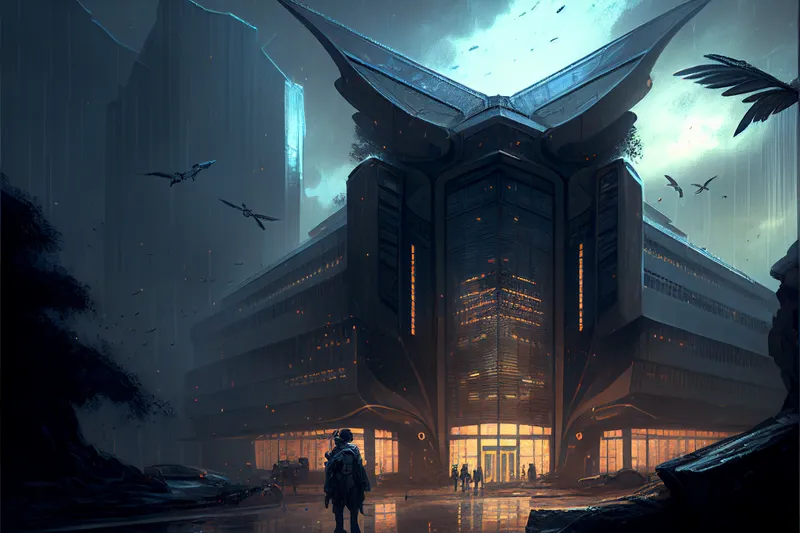

Learn Backend Development: Complete Path for Beginners [2025]
Jul 24, 2022 by Lane WagnerSo you’ve decided you want to learn backend development so you can get a job – congratulations! Many self-taught coders have a hard time deciding between all the various programming job options, but it’s so much easier to learn effectively if you have a clear goal, like backend work, in mind.
-


6 Pros and Cons of Online Coding Bootcamps
Jul 18, 2022 by Natalie SchoonerIf you want to learn to code, there are many strategies to get your coding skills from non-existent to employable. Some folks might go back to university and get a formal education in computer science. Others prefer to teach themselves. And of course, you can always choose to put yourself through coding bootcamp.
-
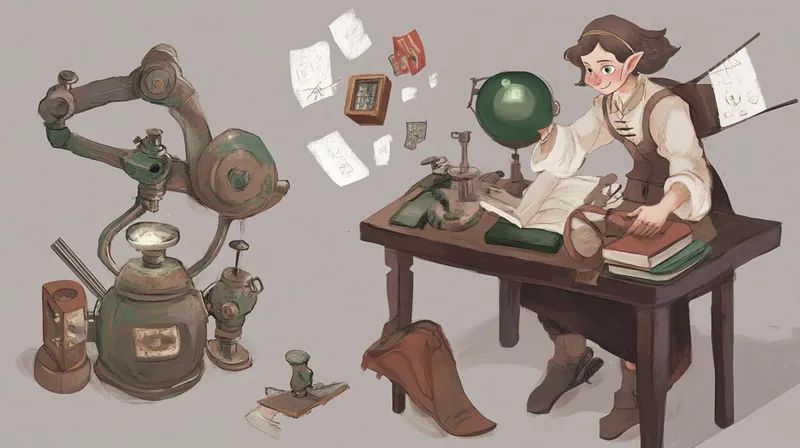

How to Do a Coding Bootcamp Part-Time
Jul 12, 2022 by Natalie SchoonerStep 1: Develop a caffeine addiction. 🔗 If you want to add coding to your list of skills, either out of curiosity or to take your career in a whole new direction, you’ve probably considered a coding bootcamp. Then you’ve probably looked at the prices and time commitment and immediately wondered how to do a coding bootcamp part-time, instead.
-


The 12 Most Engaging Resources for Learning Python
Jun 24, 2022 by Natalie SchoonerWhile it’s straightforward to get Hello World implemented in Python, learning the ins and outs of the programming language takes a lot of time and effort.
-


Why We Force You to Learn Multiple Programming Languages
Jun 13, 2022 by Lane WagnerI’ve been building Boot.dev as a side-project for the last couple of years, and have recently had many new students ask the same question:
-


What Would a Recession Mean For Developers?
May 26, 2022 by Lane WagnerWith markets in a slump, many of us are concerned a recession could be right around the corner. The NASDAQ is already down 27% so far in 2022. Heck, maybe we’re already in the middle of a recession.
-


How much do coding bootcamps cost?
May 24, 2022 by Zulie RaneAnd an answer to what you’re really asking: “are coding bootcamps worth it?” 🔗 I’ll give you the quick answer right off the bat: coding bootcamps cost 13,500 on average based on the data collected by BestColleges. On the upper end of that range, coding bootcamps cost upwards of $20,000. Some of the less-expensive camps are a couple thousand dollars. It’s 2022 as I write this, so those numbers have probably increased even more in the interim.
-


The Top 8 Online Coding Bootcamps for 2022
May 21, 2022 by Zulie RaneI looked at the cost, duration, structure, and USP for each online coding bootcamp 🔗 If you’ve been living under a rock for the last decade, let me quickly tell you about what a coding bootcamp is before I get into the top online coding bootcamps. Basically, a coding bootcamp is an expensive and mentally intense way to shoehorn skills and knowledge into your brain at top speed, allowing you to skip past degrees at record speed.